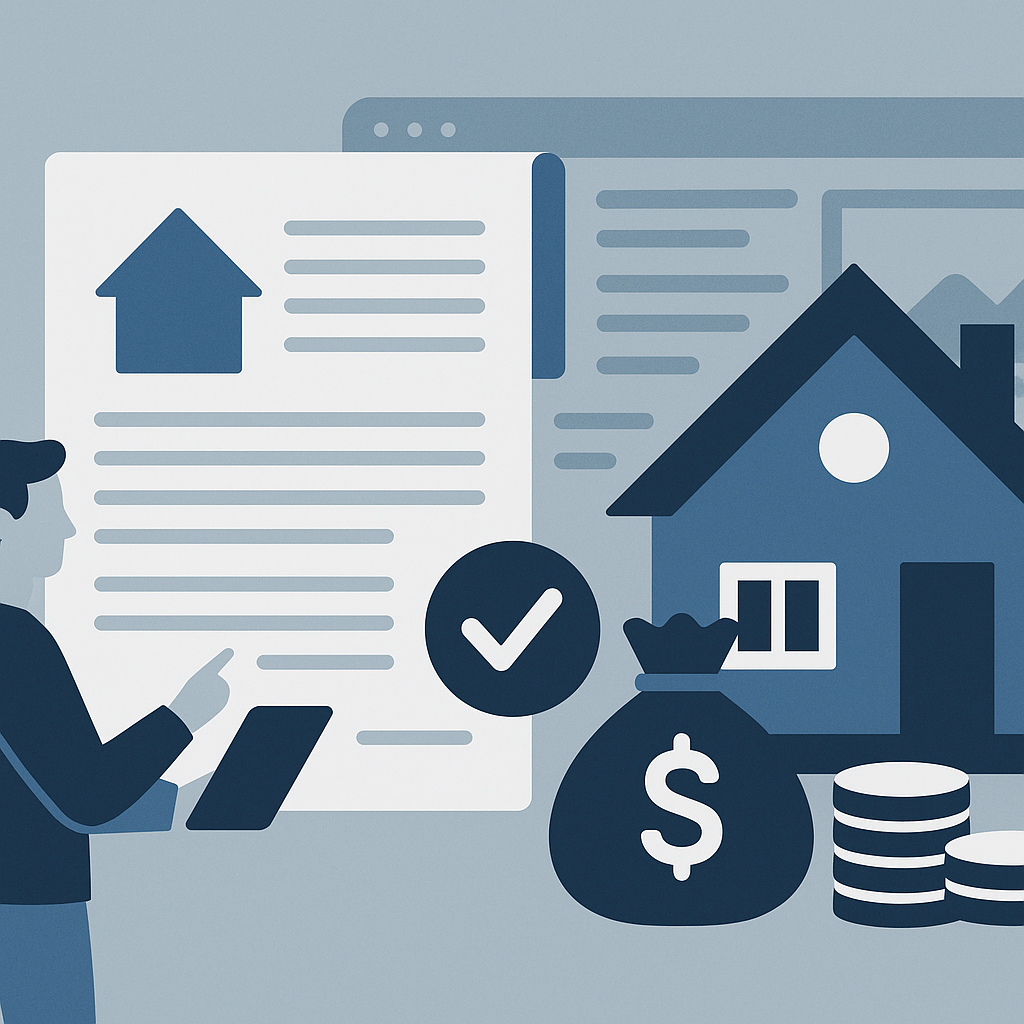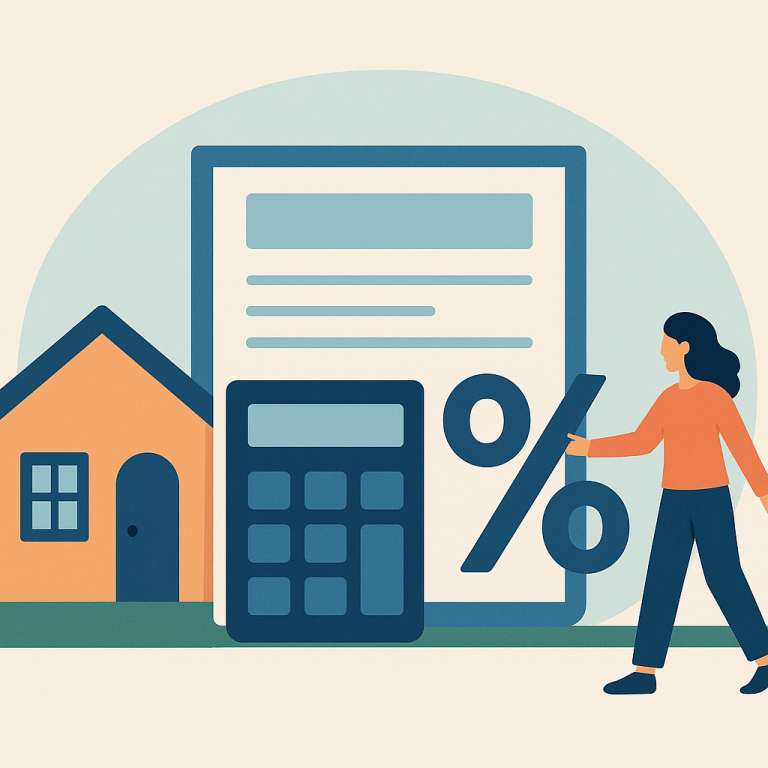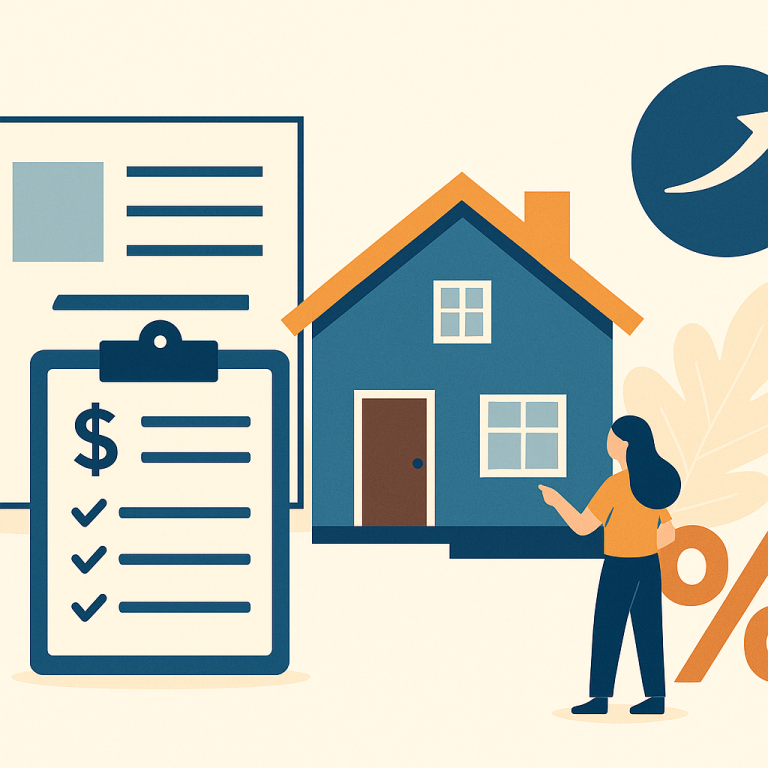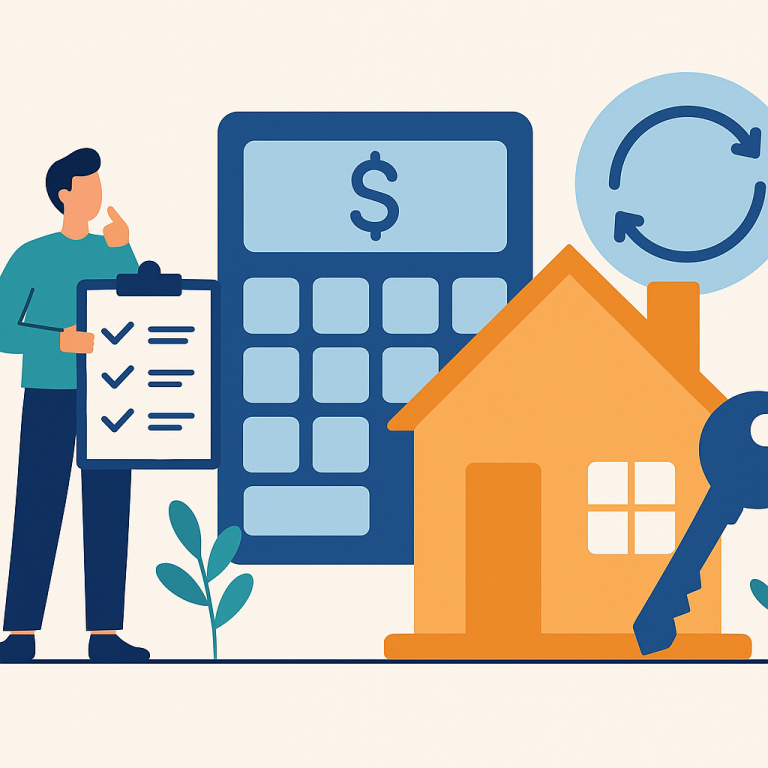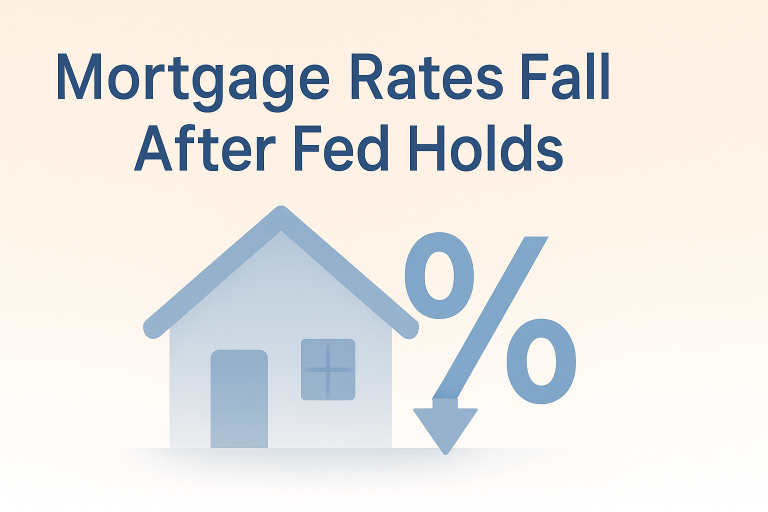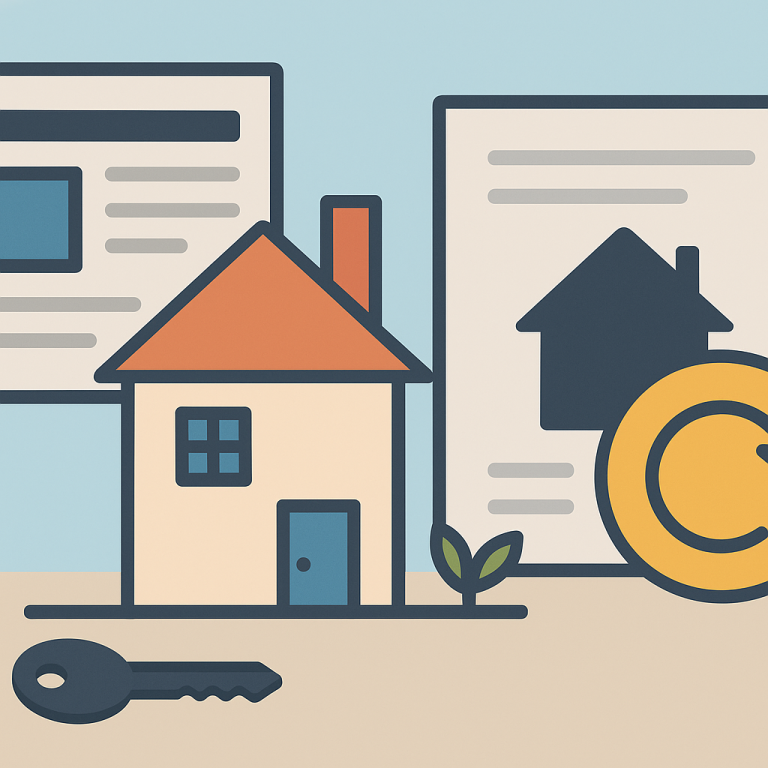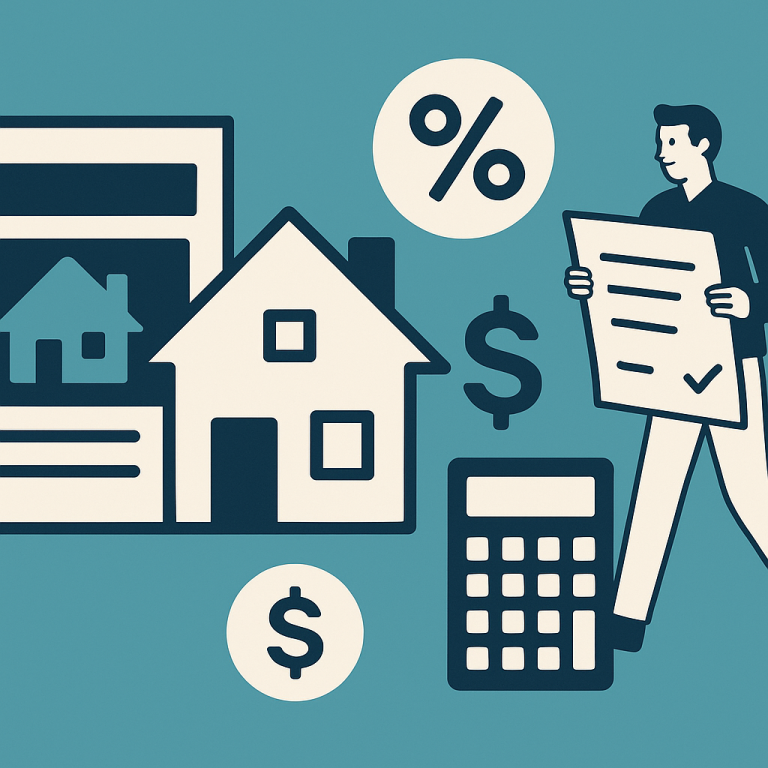30-Year Refinance Rates Drop to 5.25%, Lowest Since June; Applications Jump
At a glance: The latest mortgage rate drop and how it could affect refinancing decisions.
Mortgage rates have moved lower. That can improve affordability and may reopen refinance options for borrowers whose current rate is above today’s quotes.
What the Rate Drop Means for Borrowers
In recent months, a discernible shift has emerged among homeowners considering mortgage refinancing: a growing preference for shortening loan terms rather than pursuing the deepest immediate monthly-payment reductions. While headline interest rates remain a central concern, borrowers increasingly weigh long-term interest savings, equity accumulation and flexibility when deciding whether to refinance.
Market observers attribute this trend to a combination of factors. Rate volatility has made locking in a dramatically lower rate less certain for many borrowers, reducing the appeal of high-cost refinances aimed solely at cutting monthly payments. At the same time, homeowners who have accumulated meaningful equity are evaluating term-reduction strategies—such as moving from a 30-year to a 15- or 20-year mortgage—that can substantially lower the total interest paid over the life of the loan, even if monthly payments stay the same or increase slightly.
Another influence is the changing calculus around cash-out refinances. Homeowners who need liquidity for home improvements or other expenses are comparing the longer-term cost of extracting equity against alternatives like home-equity lines of credit or smaller cash-out amounts paired with shorter loan terms. For many, the priority is preserving or accelerating principal repayment while managing overall borrowing costs.
What This Means for Homeowners
For homeowners contemplating a refinance, the current environment calls for a clear assessment of goals and time horizons. Those focused on long-term wealth accumulation may find shortening the loan term to be a better fit than chasing the lowest advertised rate. Conversely, borrowers prioritizing immediate monthly relief or who expect to move in the near term may still favor rate- or payment-focused refinances.
- Clarify your objective: Decide whether the primary goal is reducing monthly payments, lowering total interest, tapping equity, or improving cash flow for a limited period.
- Compare term outcomes: Run side-by-side comparisons of refinancing to shorter terms versus lower-rate, same-term options. Consider total interest paid and principal buildup, not just the monthly payment.
- Factor in break-even timing: Account for closing costs and any prepayment penalties when estimating how long it will take to recoup refinancing expenses.
- Assess liquidity needs: If cash is a priority, evaluate the cost of a cash-out refinance against other borrowing options that might preserve a lower long-term rate or shorter repayment horizon.
- Lock-in and rate risk: If moving to a shorter term is the plan, consider lock-in strategies and the timing of rate locks relative to anticipated closing dates to manage exposure to further rate movement.
Lenders are responding to changing borrower priorities by expanding product options and illustrating scenarios that highlight total cost of borrowing rather than monthly savings alone. Financial advisors and mortgage professionals recommend that refinancing decisions be based on a combination of numeric analysis and personal financial goals—particularly expected time in the home and tolerance for potential payment increases.
Ultimately, refinancing remains a viable tool for many homeowners, but its value depends on aligning the loan structure with long-term objectives. Those who prioritize reducing lifetime interest and accelerating equity growth are increasingly finding that shorter-term refinances merit serious consideration in the current market context.
META: refinancing-shorter-terms-homeowner-takeaways

